This 3D printing design of Queen of Blades, also known as Sarah Kerrigan from the StarCraft video game, consists of files in StereoLithography (.Stl) format that is optimized for 3D printing.
Before printing the files, we strongly recommend reading the PRINTING DETAILS section.
WHAT WILL YOU GET AFTER PURCHASE?
- 6 versions of Queen of Blades STL files for FFF/FDM, DLP/SLA, DLP/SLA Eco, SLS — files for all versions are available for download after the purchase;
- STL files of high-poly Queen of Blades model for 3D printing consist of 44 files;
- Sizes for:
- FFF/FDM: 325 mm tall, 176 mm wide, 208 mm deep;
- DLP/SLA/SLS: 163 mm tall, 88 mm wide, 104 mm deep;
- Assembly Manual for 2.0 FFF/FDM and 1.0 DLP/SLA versions in PDF and video formats;
- Detailed settings that we provide as a recommendation for Cura, Bambu Studio, Simplify3D, Slic3r and PrusaSlicer for the best print;
- Full technical support from the Gambody Support Team.
Detailed information about these 3D printer STL files is available in the DESCRIPTION section.
ABOUT THIS 3D MODEL
“I am the Swarm. Armies will be shattered. Worlds will burn…For I am the Queen of Blades.”
Captured and infested by the insectoid Zerg, a psychic Terran ghost Sarah Kerrigan is reborn as a raging agent of the Zerg Overmind. Kerrigan adopts the self-proclaimed title "Queen of Blades" and this image makes the character one of the most popular in the StarCraft franchise and earns her the status of one of the best video game villains to date.
Infested by the Zerg as part of an experiment, Kerrigan transforms adopting some trademark features of the Swarm that were masterly captured by our contributing 3D artist. Dangerous and beautiful, the Queen of Blades 3D print model has an armoured carapace, claws and dreadlock-like antennae instead of hair. On her back, the deadly queen carries a pair of spiky skeletal wings that she skillfully uses as weapons against psi-blades. Capture the evil agent of the Zerg Swarm in all of her 3D printing glory!
ADAPTATION FOR 3D PRINTING
Queen of Blades 3D printing design is a static assembly model and its updating and adaptation for different types of 3D printers took Gambody team 45 hours in total. The model needed to be reviewed in terms of anatomy and body proportions to be depicted harmoniously in the intended pose so the decision was reached to update the model as a whole, to cut it into assembly parts anew and to adapt it for different types of 3D printers taking into account the present-day technology advancements.
Thus, the model was thoroughly reviewed during the moderation process, the textures all over Kerrigan’s face and body were enhanced, and the model's platform was simplified. The model’s cutting was chosen by our team to minimize the amount of filament needed for generated support and some of the parts were hollowed out for you in the model’s Eco version to save resin. In order to ensure the smooth 3D printed result, the Queen of Blades model was divided into multiple parts, i.e. model's “wings”, claws, forearms, and legs are provided as separate parts.
All the assembly parts in FFF/FDM versions of the model files are provided in recommended positions that were worked out so to ensure the smoothness of the details’ surfaces after printing and that the 3D printing beginners won't face difficulties when placing the parts on a build plate. When downloading any model's file you will also receive "Assembly Manual" for 2.0 FFF/FDM and 1.0 DLP/SLA versions in PDF format.
The 3D print model is saved in STL files, a format supported by most 3D printers. All STL files for 3D printing have been checked in Netfabb and no errors were shown.
The model's scale was calculated from the height of Queen of Blades which is 1950 mm. The 3D printing design's chosen scale is 1:8 for the FFF/FDM version and 1:16 for the DLP/SLA/SLS versions.
VERSIONS' SPECIFICATIONS
2.0 FFF/FDM version features:
- Contains 21 parts;
- A printed model is 325 mm tall, 176 mm wide, 208 mm deep;
- All parts are divided in such a way that you will print them with the smallest number of support structures.
1.0 DLP/SLA version features:
- Contains 10 parts;
- A printed model is 163 mm tall, 88 mm wide, 104 mm deep;
- All parts are divided in such a way to fit the build plates and to ensure that support structures are generated where needed.
1.0 DLP/SLA Eco version features:
- Contains 10 parts;
- A printed model is 163 mm tall, 88 mm wide, 104 mm deep;
- Some parts are manually hollowed out to save resin.
2.0 SLS version features:
- Made as a solid one-piece Queen of Blades model;
- A printed model is 163 mm tall, 88 mm wide, 104 mm deep;
- Contains 3 parts - a solid Queen of Blades model and the model separated from the platform.
1.0 FFF/FDM version features:
- Contains 18 parts;
- A printed model with full platform: 475 mm tall, 330 mm wide, 326 mm deep;
- A printed model with top plate only: 365 mm tall, 240 mm wide, 285 mm deep;
- Made with 3 types of connectors: 4_GE_Connector_A_A (x4) needs to be printed 4 times, 11_GE_Connector_B_C (x8) - 8 times, 12_GE_Connector_platform (x2) - twice;
- The initial version of the Queen of Blades 3D printing model that was released in 2017.
1.0 SLS version features:
- Contains 3 parts - a solid Queen of Blades model and the model separated from the platform;
- A printed model with full platform: 237 mm tall, 165 mm wide, 163 mm deep;
- A printed model with top plate only: 182 mm tall, 120 mm wide, 142 mm deep;
- The initial version of the Queen of Blades 3D printing model that was released in 2017.
You can get the STL Files of Queen of Blades 3D Print Model immediately after the purchase! Just click the green Buy button in the top-right corner of the model’s page. You can pay with PayPal or your credit card.
Watch the tutorial on how to assemble the 3D Printed Queen of Blades Model from the provided 3D Print Files at Gambody YouTube channel.
Also, you may like other Video Games 3D Printing Designs.
_______
FAQ:
Generic
Below you can find printing recommendations for Cura, Bambu Studio, Simplify3D, Slic3r and PrusaSlicer software.
Disclaimer: The following printing settings are a recommendation, not an obligation. The parameters can vary depending on the peculiarities of your 3D printer, the material you use, and especially the particular assembly part you are working with. Each part that any model comprises often needs preliminary review, and you are free to tweak the settings the way you find suitable.
Note:
You can scale up the model (downscaling for FFF/FDM 3D printers is not recommended!);
All connectors should be printed at 100% Infill.
Bambu Lab printing recommendations:
These basic 3D printing settings recommendations for beginners were tested in Bambu Studio 1.9.1. Test models were printed on the Bambu Lab A1, Bambu Lab A1 Mini, Creality Ender 3 S1, Anycubic Kobra 2, and Anycubic Vyper using PLA and PETG filaments.
To avoid printing problems, we recommend the following settings: download
Cura printing recommendations:
These are averaged settings which were tested in the Cura 5.2.1 slicer. Test models were printed on Anycubic Vyper, Creality Ender 3 Pro with PLA filament.
To avoid printing problems, we recommend the following settings: download
Simplify3D printing recommendations:
These are averaged settings which were tested in the Simplify3D 5.0.0 slicer. Test models were printed on Anycubic Vyper, FLSUN v400, Ender3 S1 with PLA filament.
To avoid printing problems, we recommend the following settings: download
Slic3r printing recommendations:
These basic 3D printing settings recommendations for beginners were tested in Slic3r 1.3.0 software. Test models were printed on Ultimaker 2, Creality Ender 3, Creality Cr-10S pro v2, Anycubic I3 Mega, Anycubic I3 MegaS, Anycubic Vyper with PLA and PetG filaments.
To avoid printing problems, we recommend the following settings: download
PrusaSlicer printing recommendations:
These basic 3D printing settings recommendations for beginners were tested in PrusaSlicer 2.3.1. Test models were printed on Ultimaker 2, Creality Ender 3, Creality Cr-10S pro v2, Anycubic I3 Mega, Anycubic I3 MegaS, Anycubic Vyper with PLA and PETG filaments.
To avoid printing problems, we recommend the following settings: download

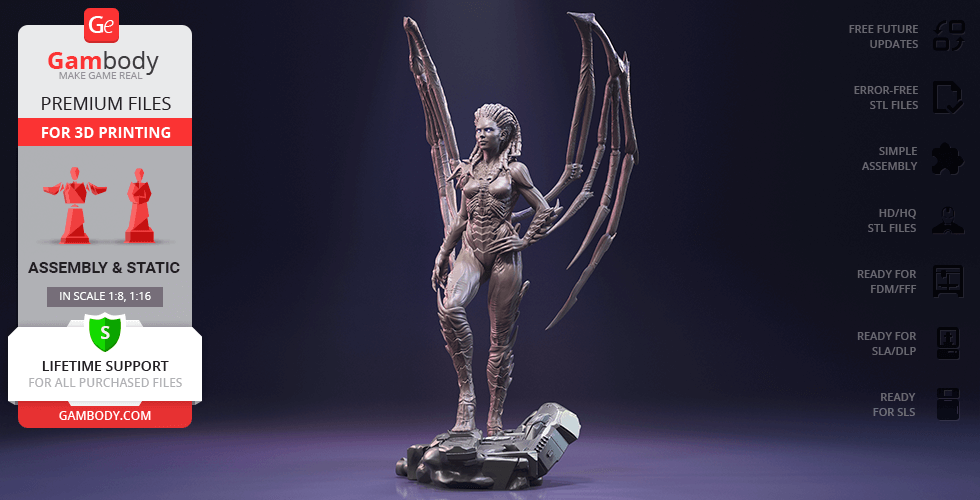
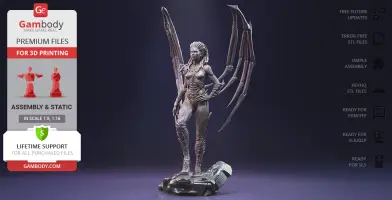
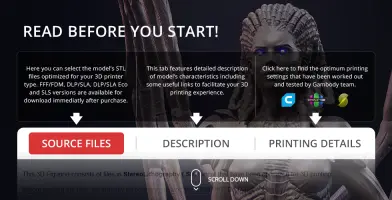
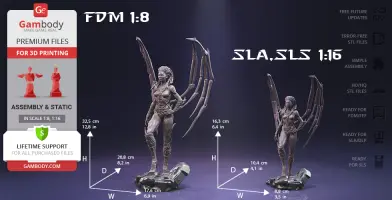
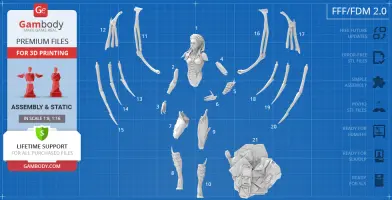
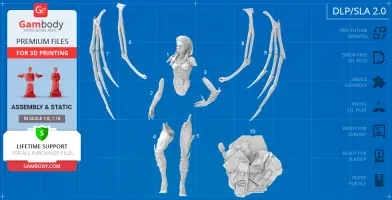
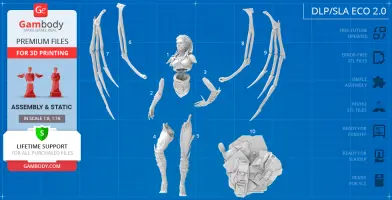
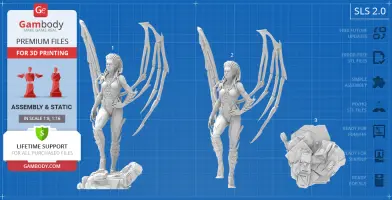
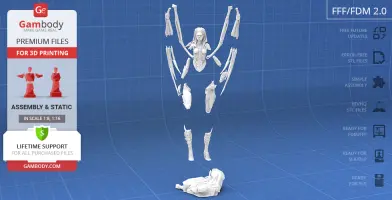
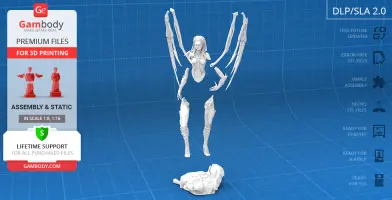
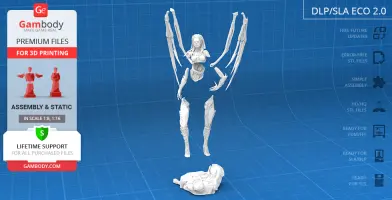
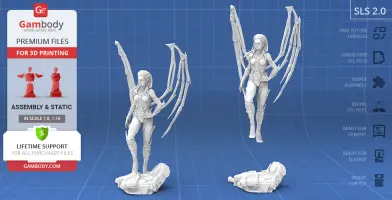
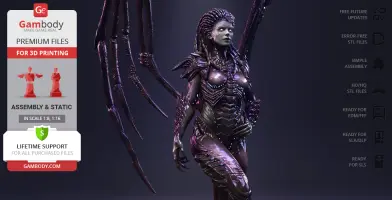
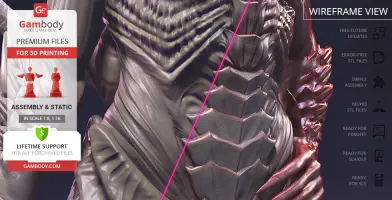
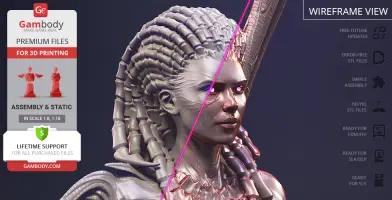
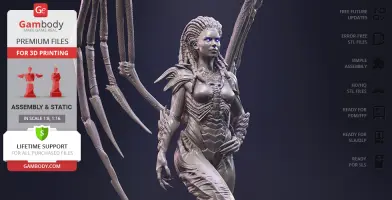
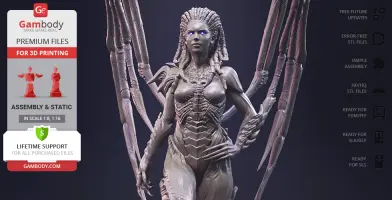
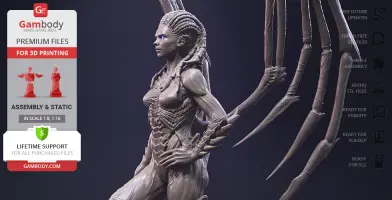
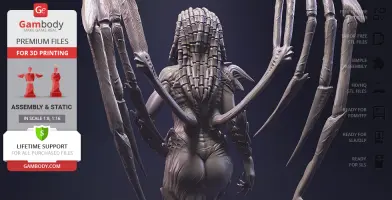
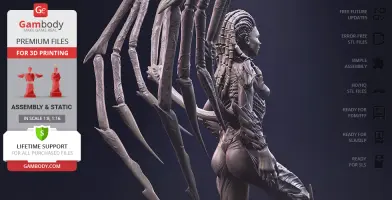
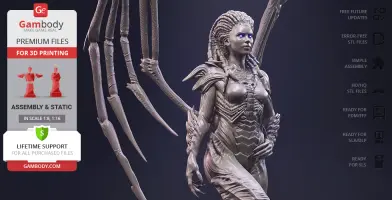
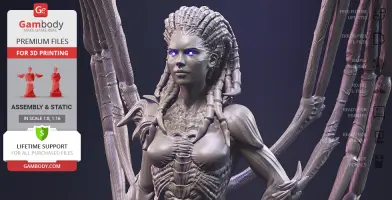
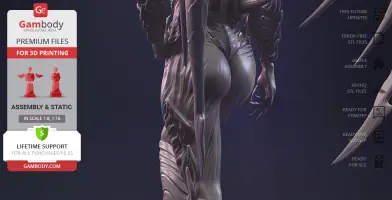
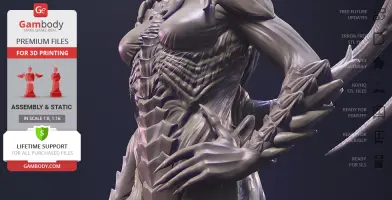
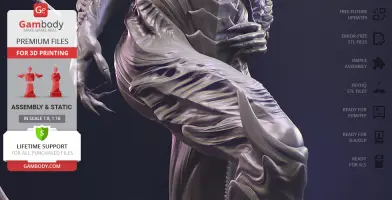
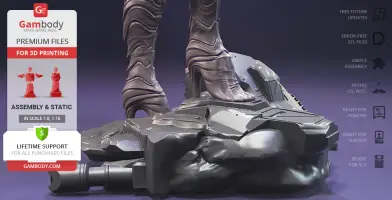
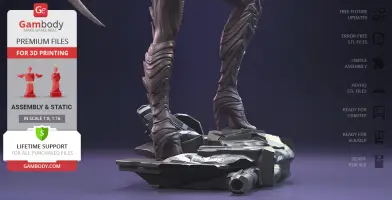
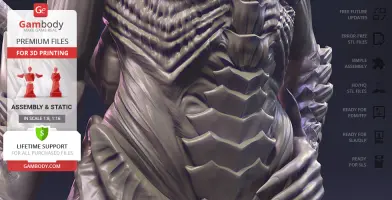
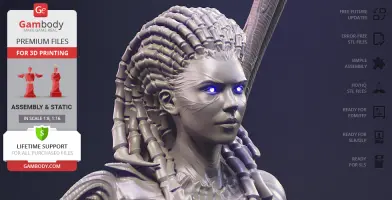
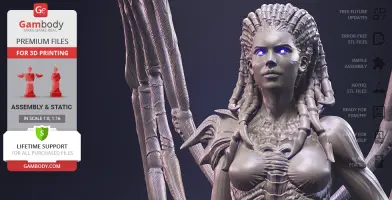
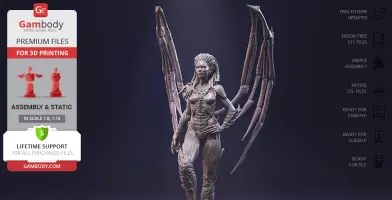
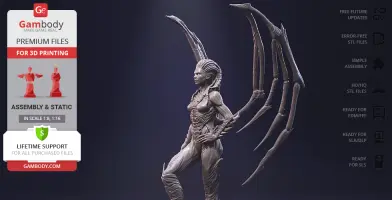
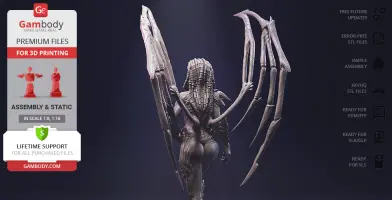

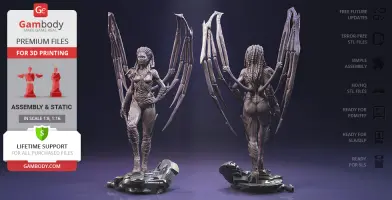
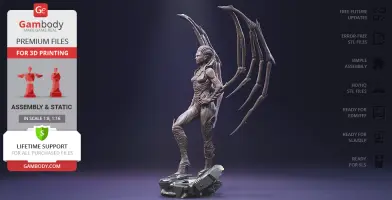
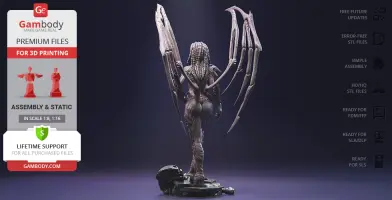
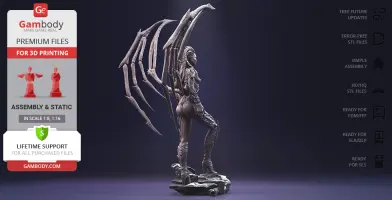
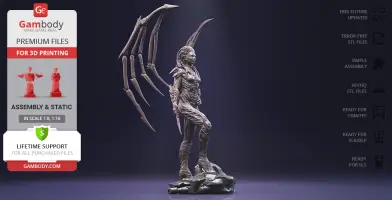
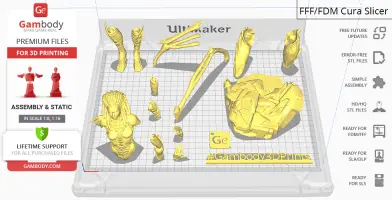
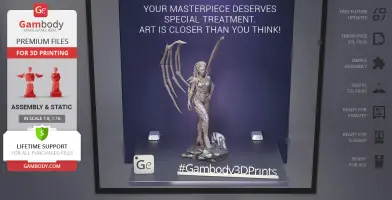
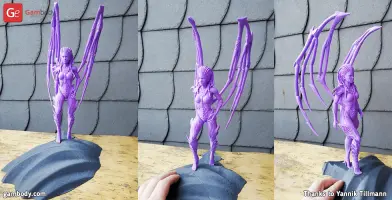
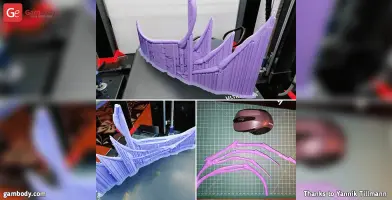
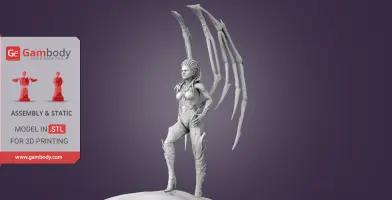
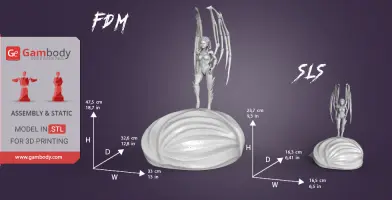
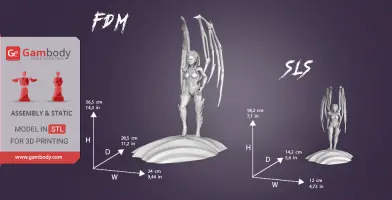
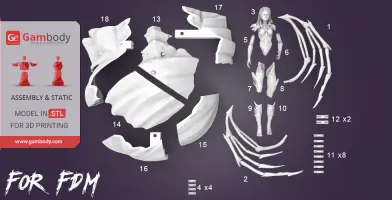
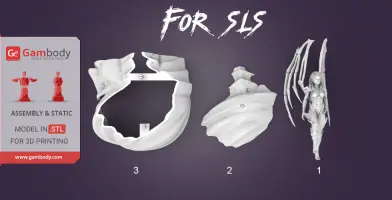
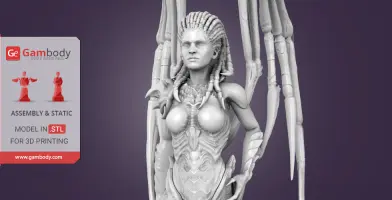
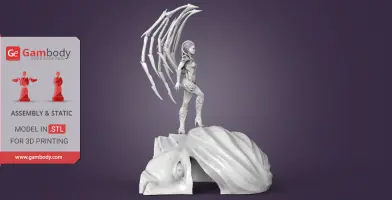
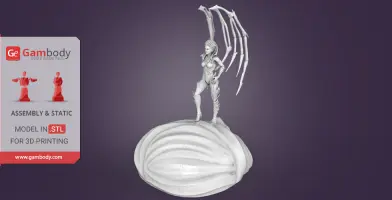
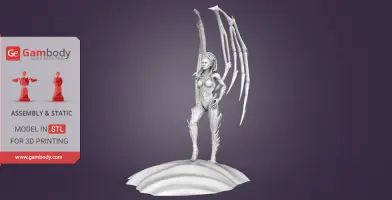


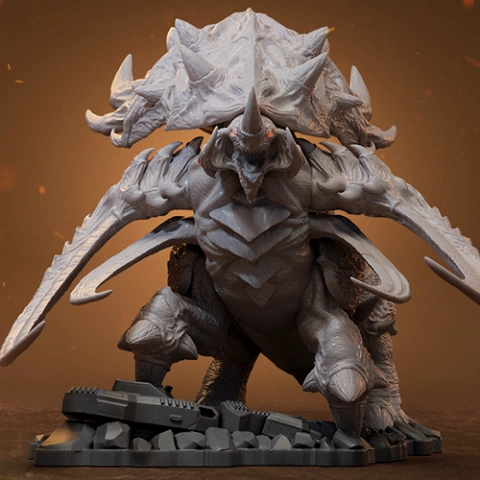
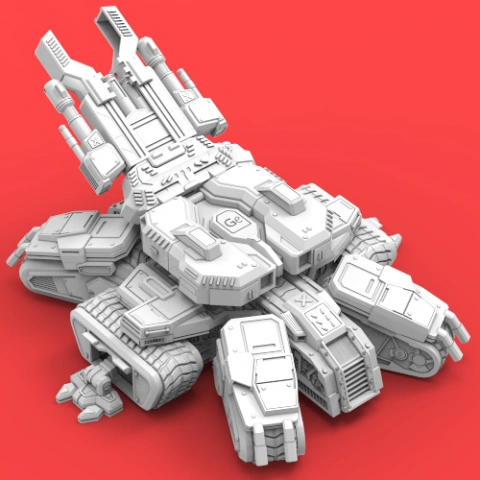
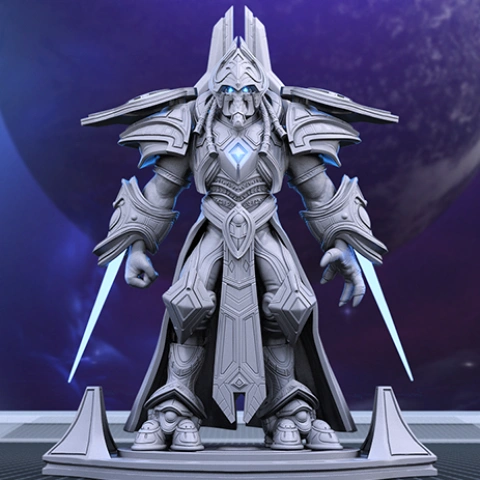
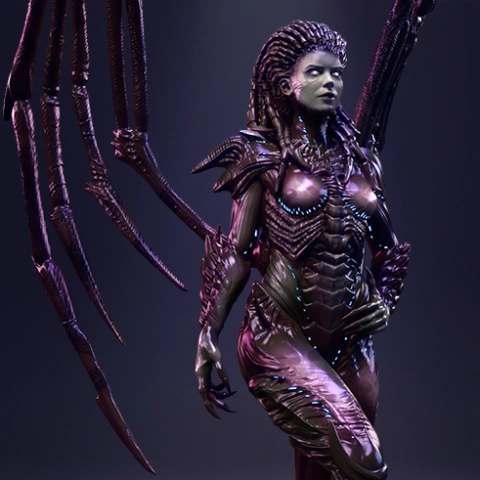
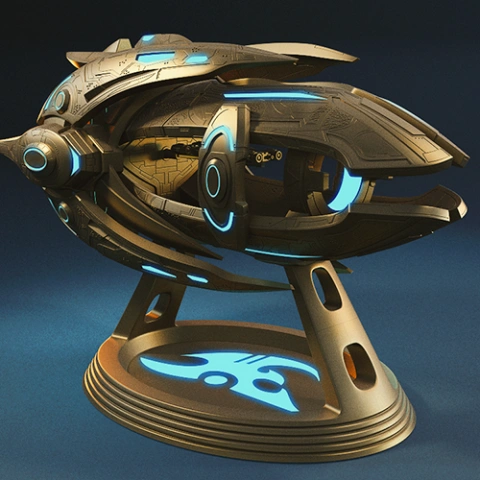
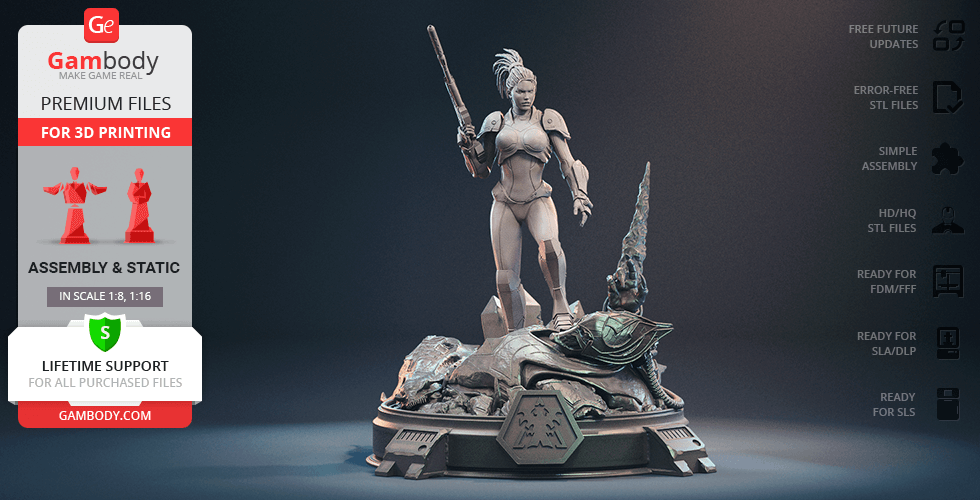
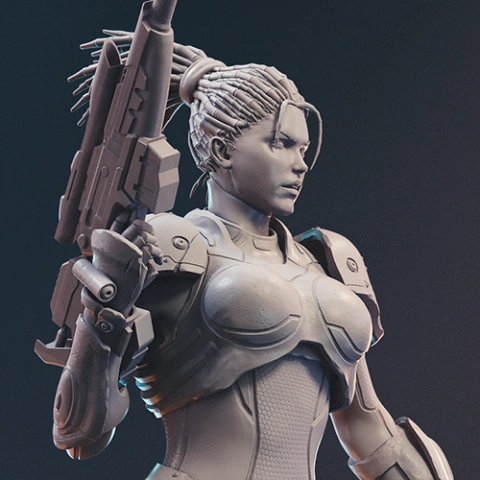
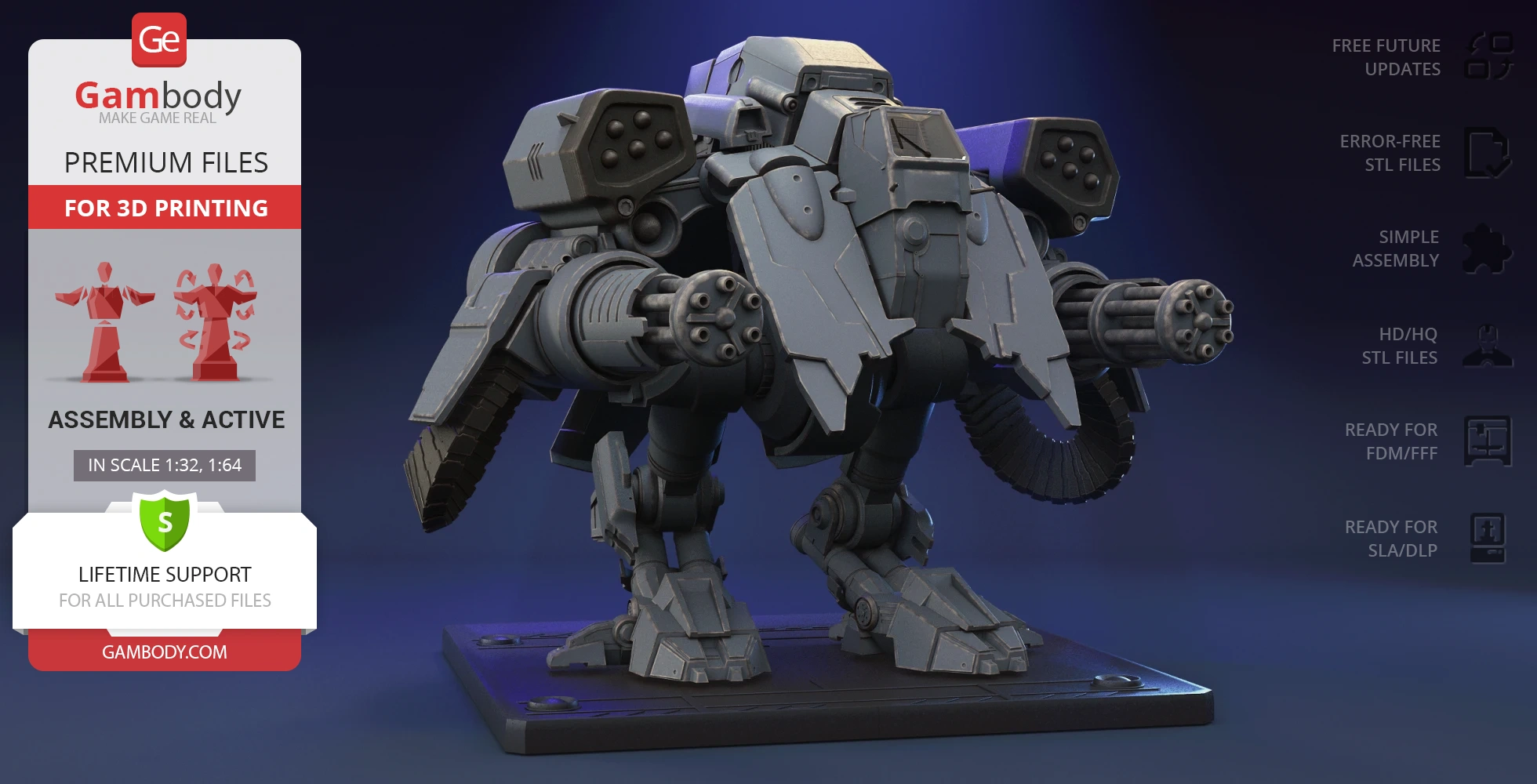
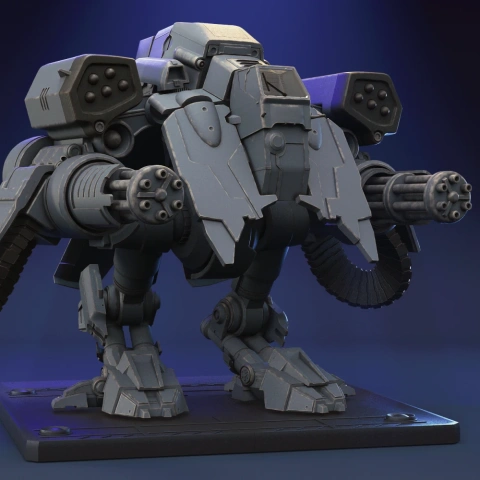
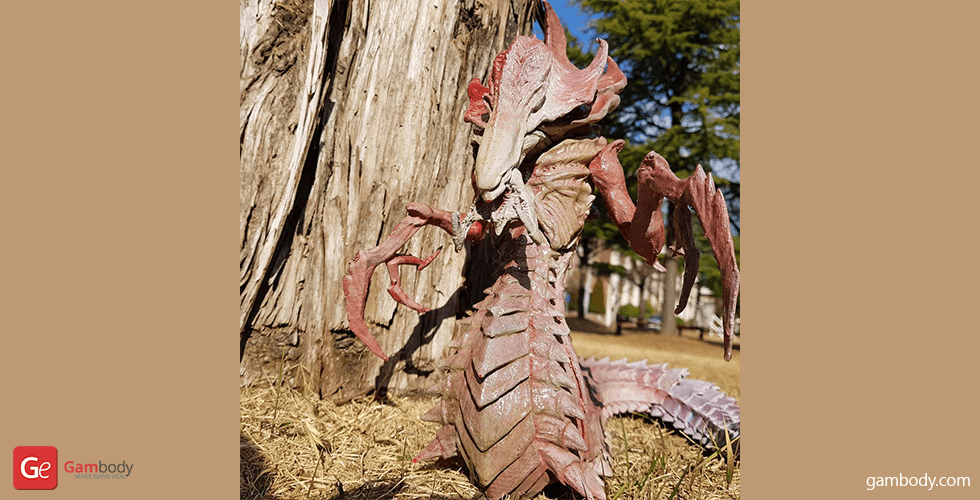
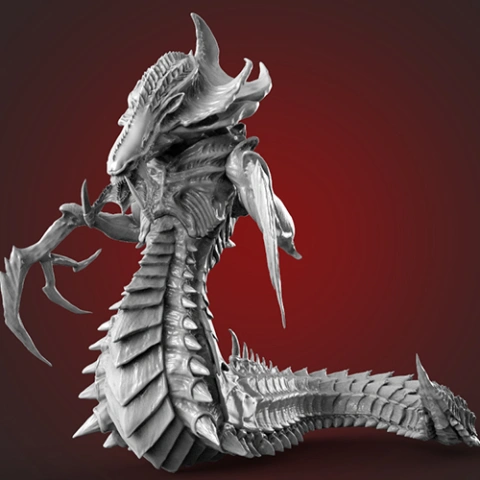
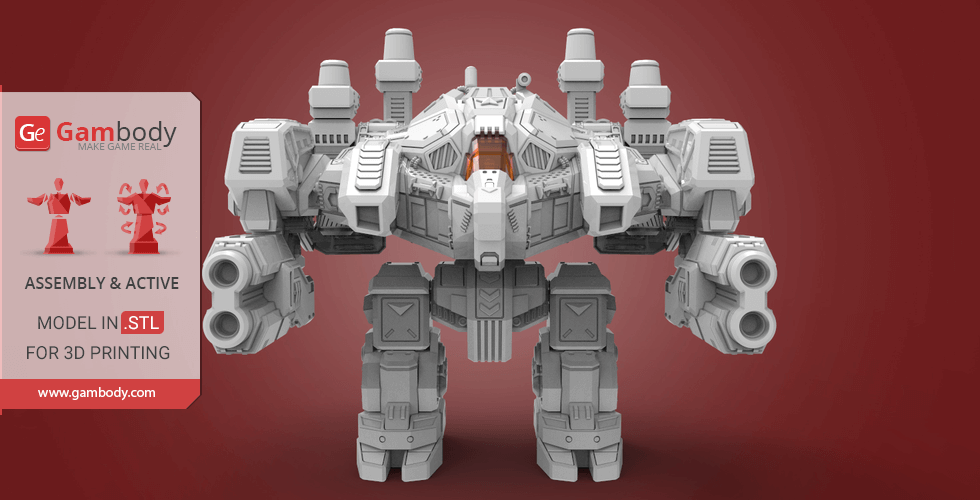
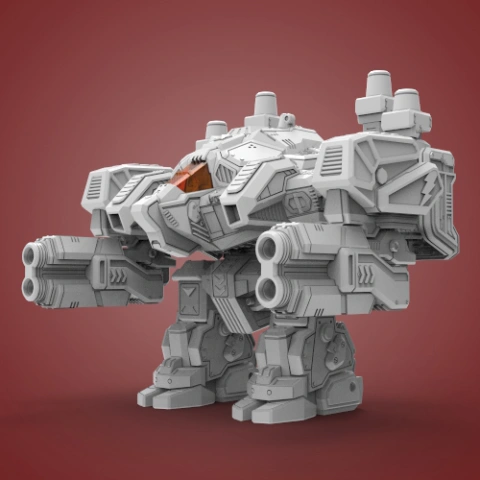
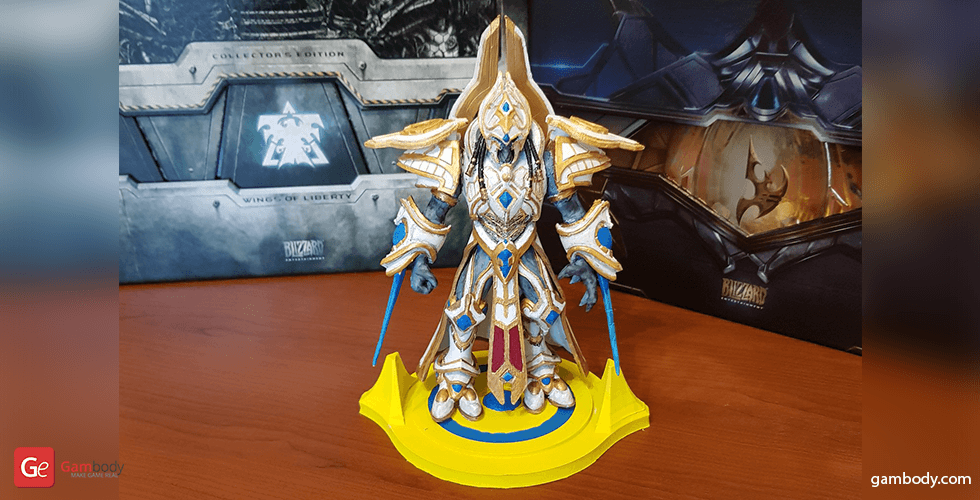
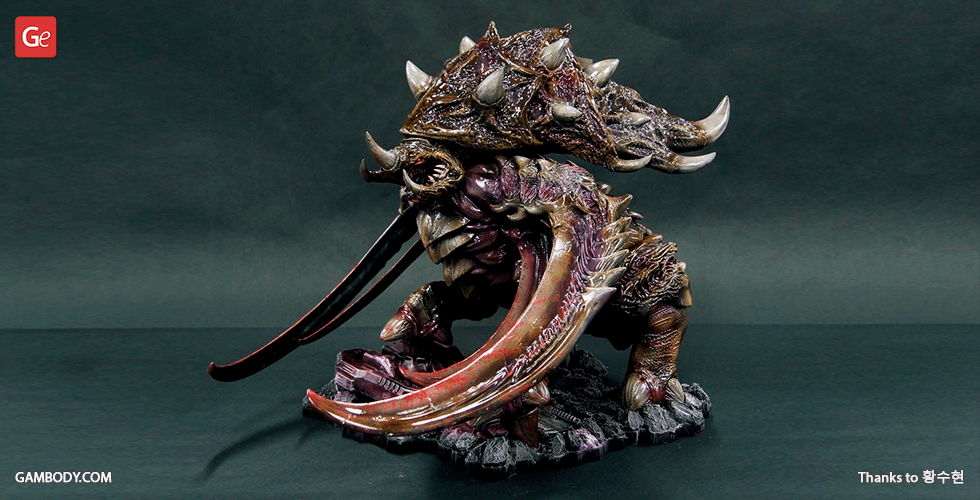
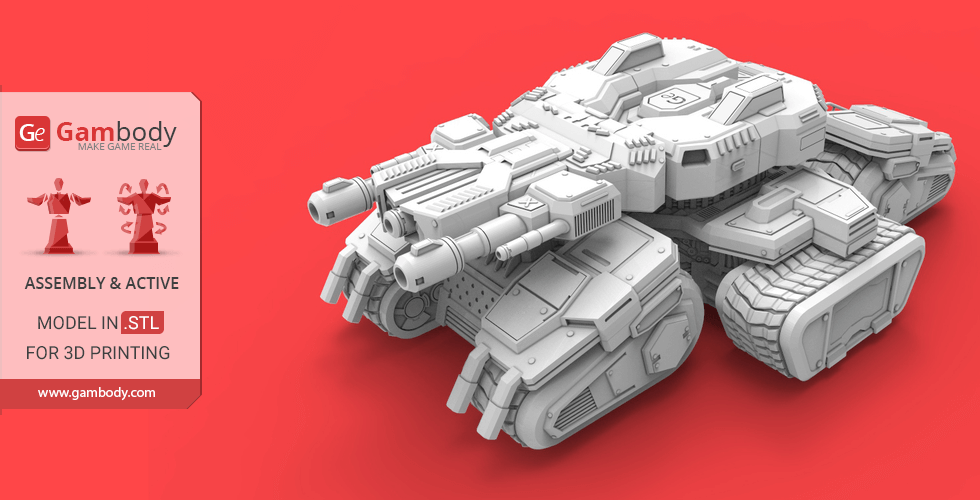
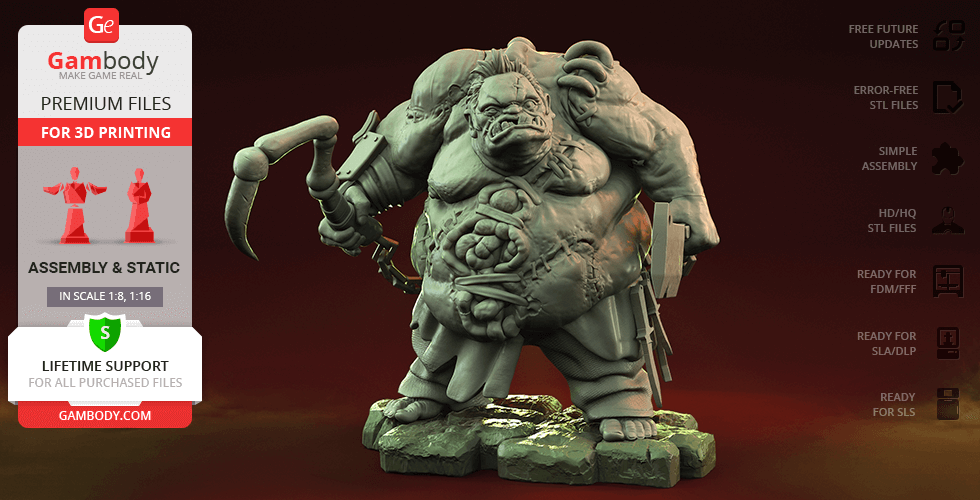
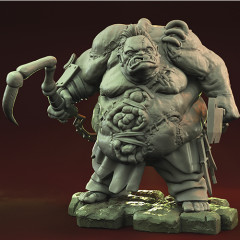
Comments